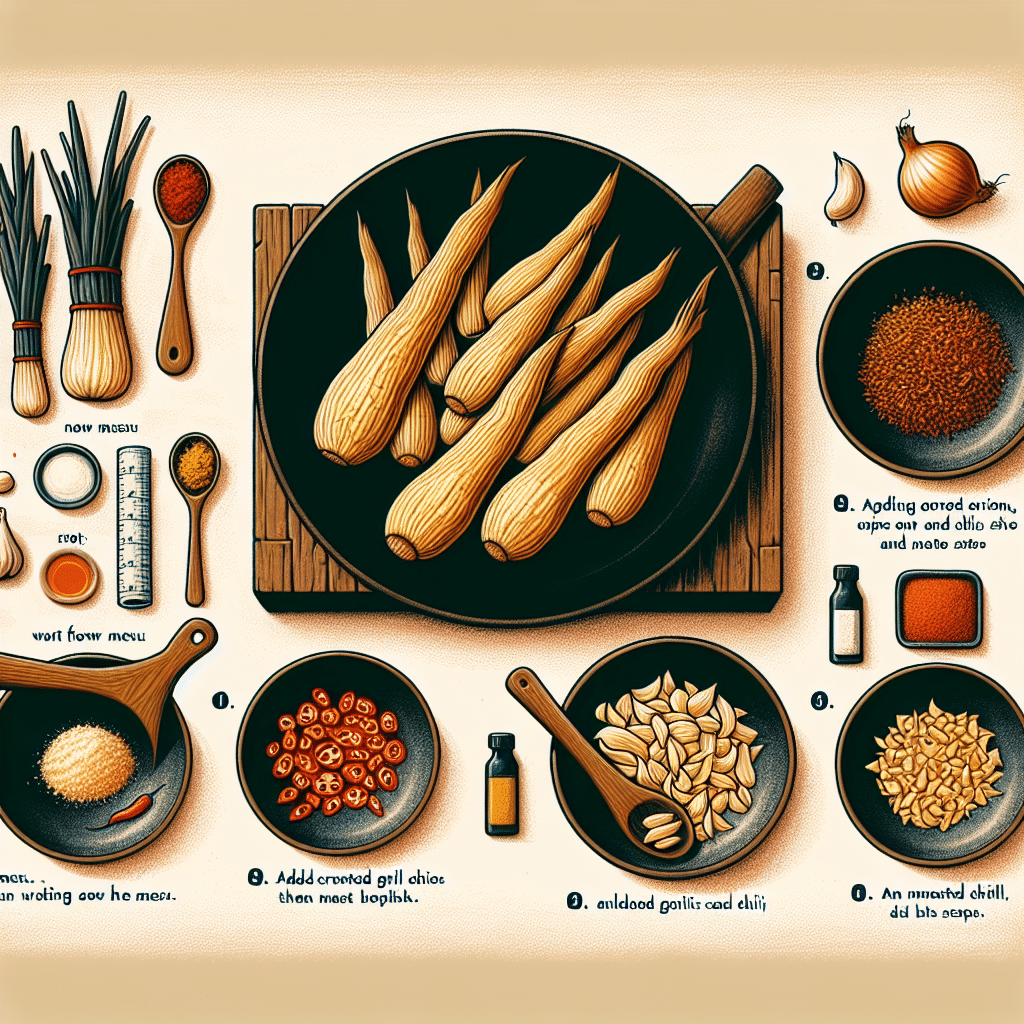Introduction
A projection in the restaurant industry refers to the process of forecasting future revenues, expenses, and overall financial performance based on various parameters such as historical data, market trends, and operational plans. These projections are vital for guiding decision-making, securing investments, and ensuring sustainable growth. By analyzing factors like customer traffic, menu pricing strategies, and seasonal trends, restaurant operators can create actionable financial models. A sound projection allows businesses to set realistic goals, budget effectively, and adapt to changing market conditions, ultimately contributing to a restaurant’s success.
Understanding Projections in the Restaurant Industry
The Importance of Projections
Projections are vital tools in the restaurant industry for several reasons: they guide business strategies, assist in financial planning, and improve operational efficiency. A well-constructed projection enables restaurant owners and managers to anticipate cash flow, manage inventory levels, and prepare for potential seasonal fluctuations.
Types of Projections
There are several types of projections that restaurant operators commonly use:
- Sales Projections: Estimating potential sales based on historical performance and current market trends.
- Expense Projections: Anticipating costs associated with food, labor, utilities, and other operational expenses.
- Cash Flow Projections: Forecasting the movement of money in and out of the business, crucial for maintaining liquidity.
- Profit and Loss Projections: Combining revenue and expense forecasts to assess potential profitability.
- Market Projections: Analyzing external market factors that may influence the restaurant’s performance, including competition and economic conditions.
How to Create Effective Projections
Gathering Data
To create effective projections, restaurant owners need to collect historical sales data, analyze market research, and assess internal operations. Utilizing point-of-sale systems can provide valuable insights over time. Industry reports and studies from organizations such as the National Restaurant Association can also provide credible benchmarks.
Analyzing Trends
Identifying trends is crucial. Factors like consumer behavior changes, economic conditions, and competitors’ offerings can influence sales. For example, if a local competitor adds a new cuisine type that gains popularity, this could impact your sales and should be accounted for in projections.
Setting Realistic Goals
When creating projections, set specific, measurable, achievable, relevant, and time-bound (SMART) goals. Rather than targeting a broad sales increase, aim for a specific percentage increase based on measurable historical performance.
Integrating Variables
Consider variable influences such as seasonality, local events, holidays, and potential economic downturns which can affect customer traffic and spending. For instance, a beachside restaurant may experience higher projections in summer than in winter.
Utilizing Software Tools
Many software programs are available that can assist in creating projections by offering templates and analytical tools. Solutions like Restaurant365 and Toast provide features for managing finances and forecasts in one place, making the projection process more efficient and accurate.
Common Challenges in Projections
Data Oversaturation
One common challenge is dealing with an overwhelming amount of data, leading to analysis paralysis. Restaurant owners should focus on the most critical criteria impacting their operations rather than getting lost in excessive detail.
Market Volatility
External factors, such as economic downturns, pandemics, or supplier shortages, create volatility that can derail projections. Remaining flexible and adapting forecasts based on emerging trends is necessary to navigate uncertainty.
Balancing Optimism and Realism
While it’s essential to stay optimistic to motivate staff and stakeholders, overestimating projections can lead to budget shortfalls. A balanced approach grounded in data and realistic assessments is crucial.
Practical Examples
Consider a mid-sized restaurant projecting its yearly sales. Based on last year’s data showing a monthly average of $50,000, the management anticipates a moderate growth of 10%. Their projection would yield an estimate of $660,000 in sales for the upcoming year. However, they will factor in summer tourist influx and harsh winters into this model, adjusting monthly forecasts accordingly. For expenses, costs associated with food supplies, staffing changes, and marketing initiatives are similarly projected using past data and industry trends.
FAQs
What is the main purpose of financial projections in the restaurant industry?
The primary purpose is to help restaurant owners make informed decisions about budgeting, financial planning, and managing resources effectively to ensure profitability and sustainability.
How often should projections be updated?
Projections should be reviewed and updated quarterly or whenever there are significant shifts in operational parameters or market conditions. This allows for agile adaptations to changing circumstances.
Can projections guarantee success in the restaurant business?
While projections are valuable for planning and goal-setting, they cannot guarantee success. Unforeseen variables such as economic shifts, competition, and consumer preferences can drastically affect outcomes.
What tools can help with making restaurant projections?
There are various tools available, including financial management software like Restaurant365, Toast, and QuickBooks, which can help create and manage projections effectively.
Is it beneficial to involve employees in the projection process?
Yes, involving employees, especially those in managerial roles, can provide valuable insights as they are often aware of operational trends and customer feedback, leading to a more comprehensive forecast.
Conclusion
Projections play a pivotal role in the sustainability and growth of restaurants. By understanding the various types, creating effective models, and adapting projections to changing circumstances, restaurant owners position themselves for success. Embracing accurate forecasting methods and utilizing both data and employee insights promotes better decision-making, ultimately leading to more robust operations.



